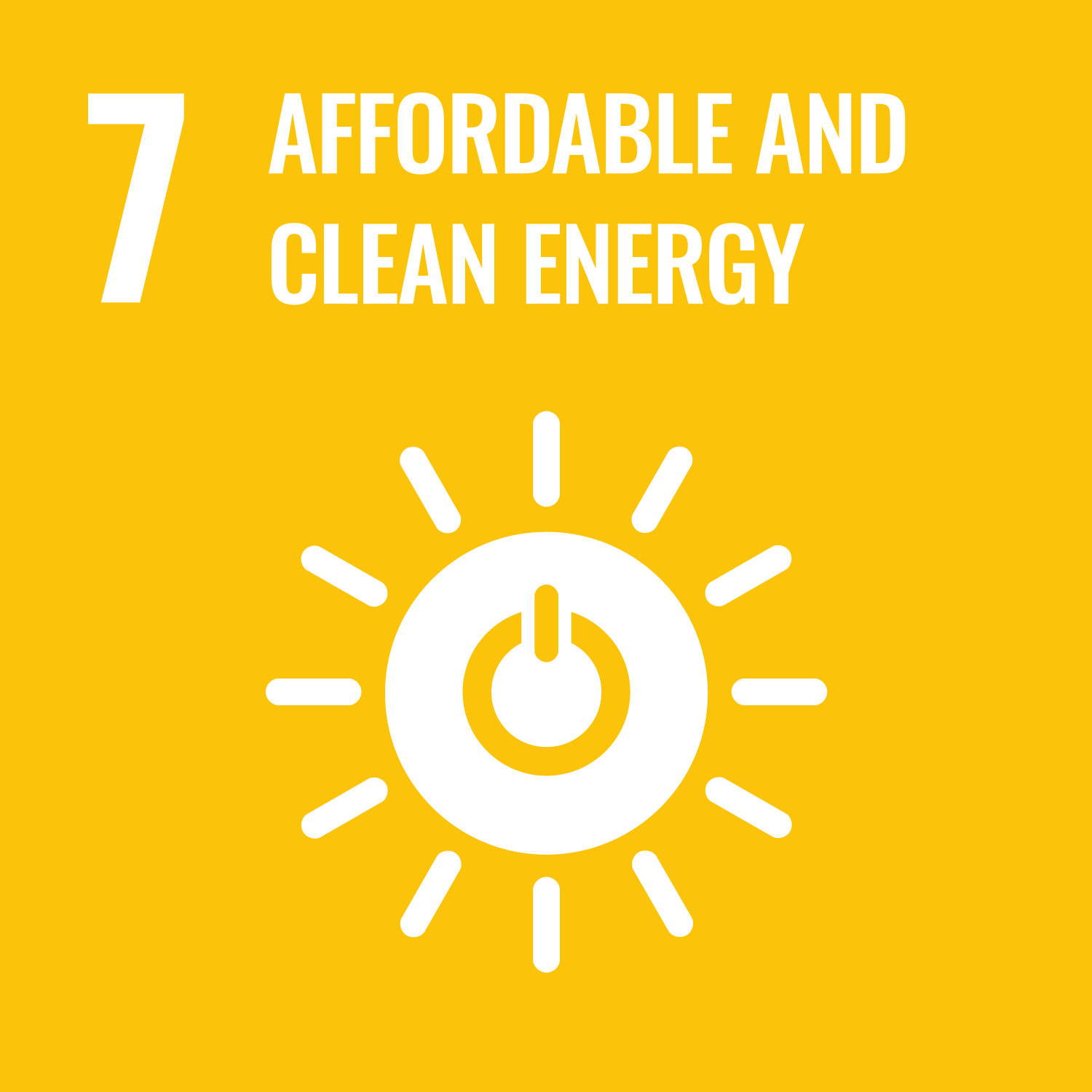ORCID
- Jasper Graham-Jones: 0000-0003-3081-7049
- John Summerscales: 0000-0002-3557-0404
Abstract
Fibre-reinforced polymer (FRP) matrix composites are widely used in large marine struc-tures, and in wind turbines where blade lengths are now over 100 m. Composites are the material of choice for small vessels due to ease of manufacture, high hull girder stiffness, buckling resistance, corrosion resistance and underwater shock resistance. Ships over 100 m are still built using traditional steel and/or aluminium, but so far not FRP. Composite ship lengths have increased over the past 50 years, but fundamental technical challenges remain for the 100 m composite ship. Prelimi-nary studies suggest a possible 30% saving in structural weight, a 7–21% reduction in full load dis-placement, and a cost saving of 15%. However, economic considerations, design codes, manufacturing limits, safety and end of life scenarios need to be addressed before a 100 m ship is built. Innovative materials and structures, notably carbon fibre composite skinned sandwich construction, or aramid fibres with vinylester modified epoxy resin, should result in increased mechanical performance and consequent improvements in economics and manufacturing processes. A linear ex-trapolation of length vs. launch dates predicts the first 100 m ship would be launched in 2042.
DOI Link
Publication Date
2022-01-01
Publication Title
Journal of Marine Science and Engineering
Volume
10
Issue
3
Acceptance Date
2022-03-09
Deposit Date
2024-06-10
Additional Links
Keywords
Carbon fibre, Composite, Framed single skin, Glass fibre, Monocoque, Sandwich structure
Recommended Citation
Lowde, M., Peters, H., Geraghty, R., Graham-Jones, J., Pemberton, R., & Summerscales, J. (2022) 'The 100 m Composite Ship?', Journal of Marine Science and Engineering, 10(3). Available at: 10.3390/jmse10030408



